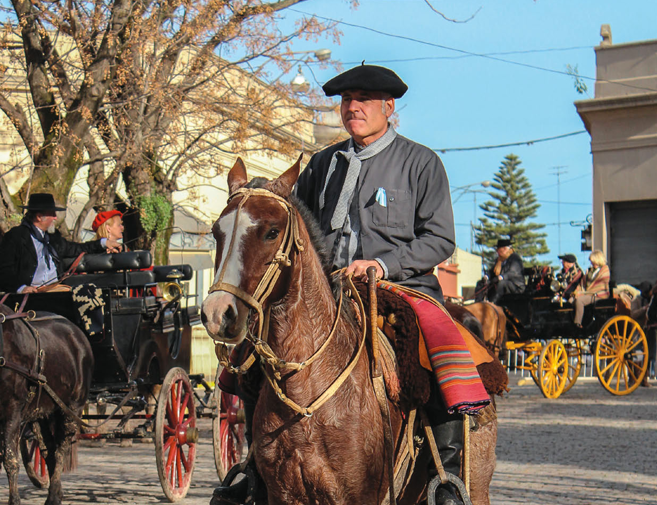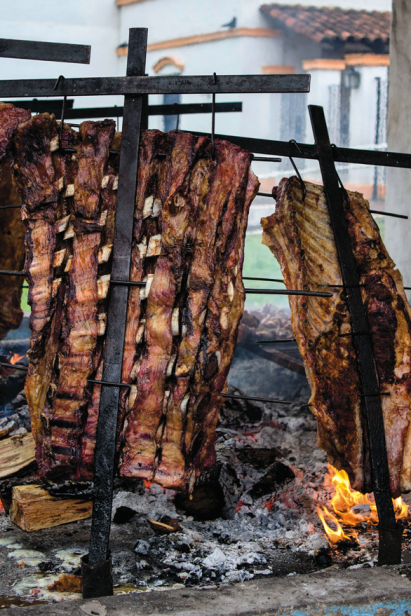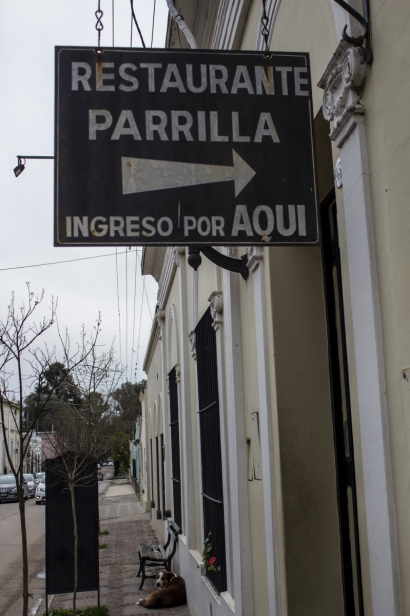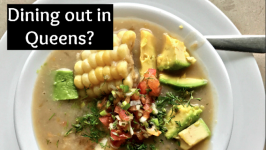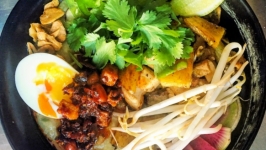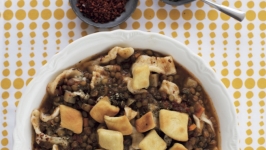Argentina's Carnivorous Cowboy Country
Less than two hours outside Buenos Aires, Argentina, amidst the rolling, humid pampas, is a town out of time: wagon wheels and old, abandoned carriages dot the landscape; horses graze on roadside grasses. This is San Antonio de Areco, the land of the gaucho, or Argentine cowboy, a figure that enjoys an almost mythical reputation in Argentina’s culture, art and history.
During the week, San Antonio de Areco is much like other towns located in the vast swath of rolling farmlands and cattle country known as Las Pampas that make up much of the country’s interior. But on weekends, the town comes alive as hundreds from all over the country visit to pay homage to the lifestyle and customs of the gaucho.
“Many people visit Areco to gain insight into the life of the gaucho,” says Evangelina Ramírez, curator of the Parque Criollo y Museo Gauchesco Ricardo Güiraldes. “This place opened to the public [in] 1938, and the objective was to pay homage to the gaucho and the life and work of the Argentine writer Ricardo Güiraldes.”
Güiraldes is one of several Argentine authors who have memorialized the gaucho in their writing. His book Don Segundo Sombra, published in 1926, was one of the most important among gaucho literature; it details the exploits of gaucho Don Segundo Sombra and his companion, Fabio Cáceres.
Unlike other famous gauchesco literary works, Güiraldes’s protagonist was based on a real person, Areco native Segundo Ramírez. Güiraldes was born in Buenos Aires, not San Antonio de Areco, but his family owned an estancia (ranch) there, which he frequented as a child, quickly developing a passion for all things gaucho. He pulled from those experiences to write Don Segundo Sombra.
The original gauchos were a Creole people, born from a mix of native Argentinians and European settlers, who rounded up wild cattle on horseback to sell in Buenos Aires. Since beef was their most abundant resource, they came to rely on it, eating it frequently and developing a distinct style of cooking known as asado criollo (Creole barbecue).
Argentine cooking jargon can get a little confusing: the term asado can refer to an Argentine-style cookout, as well as a rack of ribs; asador refers to the person cooking the asado.
The most traditional form of asado criollo is asado a la cruz (barbecue on the cross), in which an animal or cut of meat is stretched upon a cross-shaped support and roasted over hot coals for hours. In some cases, an entire cow might even be stretched out and leaned over las brasas (the coals); this is known as asado al cuero (asado on the leather).
“People are very traditional with what they eat here,” says Juan Maria Aldasoro, owner of Almacén de Ramos Generales, a parrilla (grill) and country store located in San Antonio de Areco’s historic district. “The most typical thing to cook is the entire rack of asado (ribs),” he says, referring to one of the most popular cuts of meat.
Although a fan of traditional asado a la cruz, Aldasoro does things a little differently at Ramos Generales. He says the more traditional parrillas are only open on weekends, and once they’re done selling all the meat they bought for the weekend, they close. “I have to have a practical kitchen, to maintain a certain quality and freshness,” Aldasoro told me. “I can’t have a rack of ribs and not sell it. What do you do with it, reheat it? That’s [something] I don’t want.”
The Ramos Generales menu boasts a wide assortment of typical Argentine fair, like lengua a la vinagreta (cow tongue in vinegar), a variety of pastas, as well as offerings from the grill like molleja (cow heart), chinchulín (intestines/chitterlings), riñon (kidney) and varying beef cuts. But the menu’s main star is the asado, thinly sliced and grilled to perfection. Ramos Generales is also one of the few places in the area that serves rabbit, both as an entrée and in their empanadas de conejo (rabbit empanadas). It’s a typical dish eaten in the countryside, but due to production costs it can be difficult for the average person to obtain.
The best time to visit is in November, when thousands of people flock to the town to celebrate the Dia de la Tradicíon (the day of tradition), a national holiday honoring the life and culture of the gaucho.
The true era of the gaucho is long gone, but in San Antonio de Areco its enduring spirit lives on in its food and traditional clothing. A feeling of excitement and independence permeates Areco, making it attractive to Argentines and tourists alike; a chance to sample some of that pioneering spirit the gaucho represents so well.
Editor’s note: All interviews conducted for this story have been translated from Spanish by the writer.
Local Taste: El Gauchito
The gaucho spirit truly lives on at the Elmhurst location of El Gauchito, a butcher shop and restaurant. Its walls are decorated with braided bolas, spurs, painted tiles of famous Argentines and sundry odes to the gaucho. Practice your Spanish and sample some of the best steak of your life in the form of the succulent skirt steak (entraña), or diversify and try a platter (the skirt steak, sausage and rib is A+) alongside some fried or roasted empanadas.


